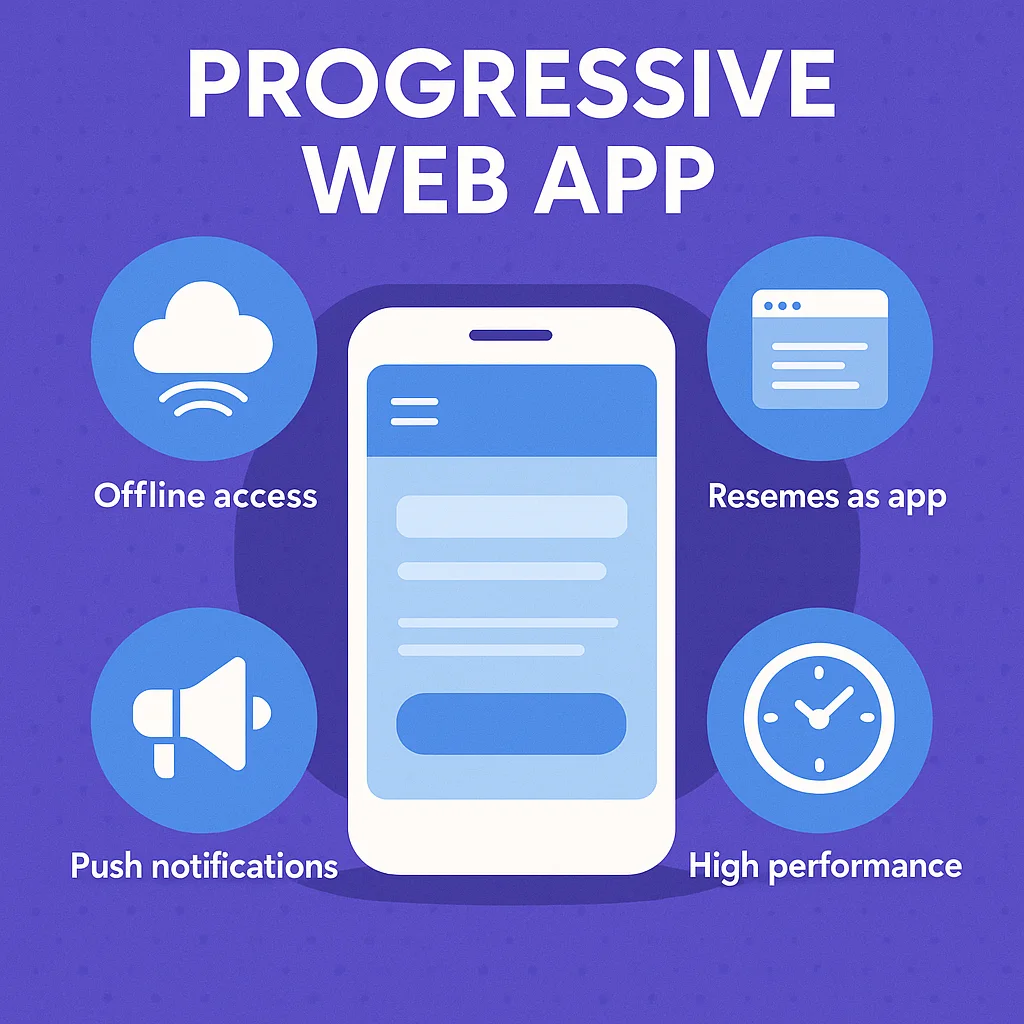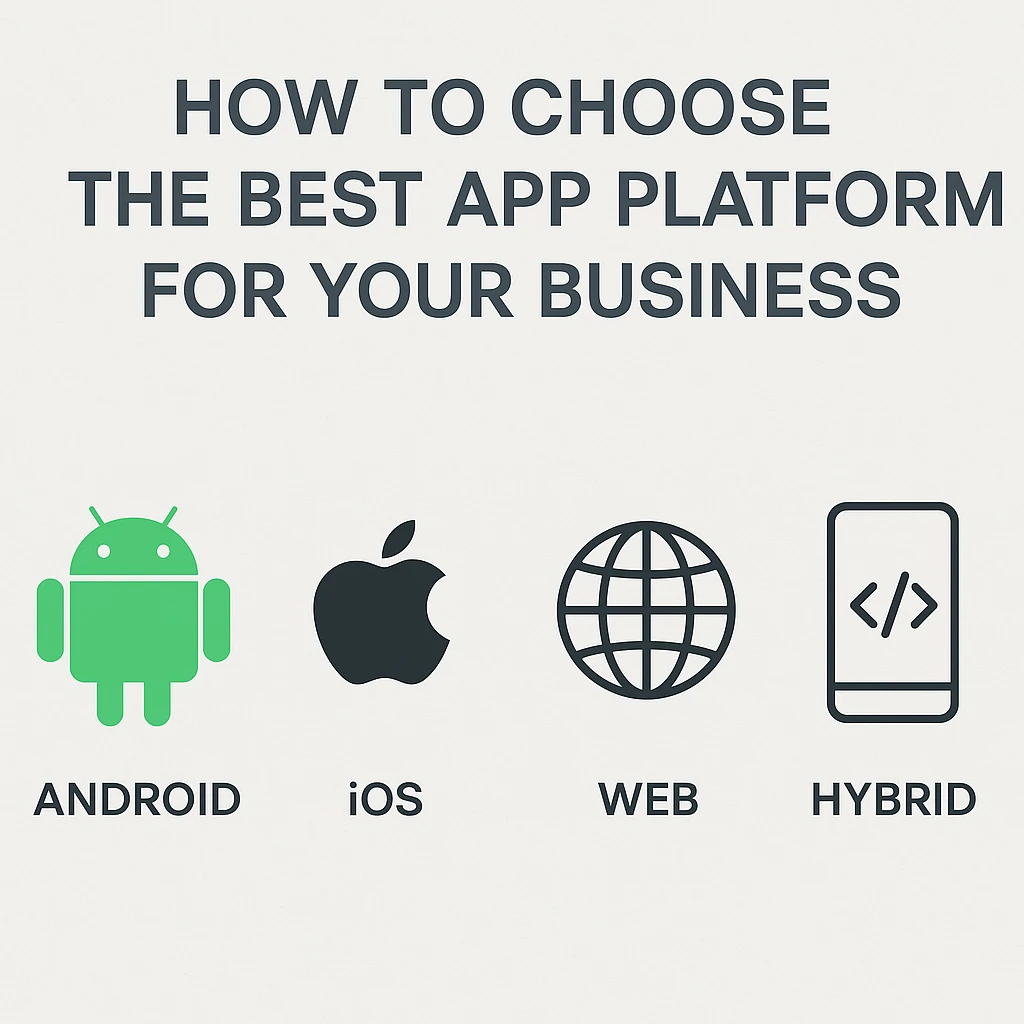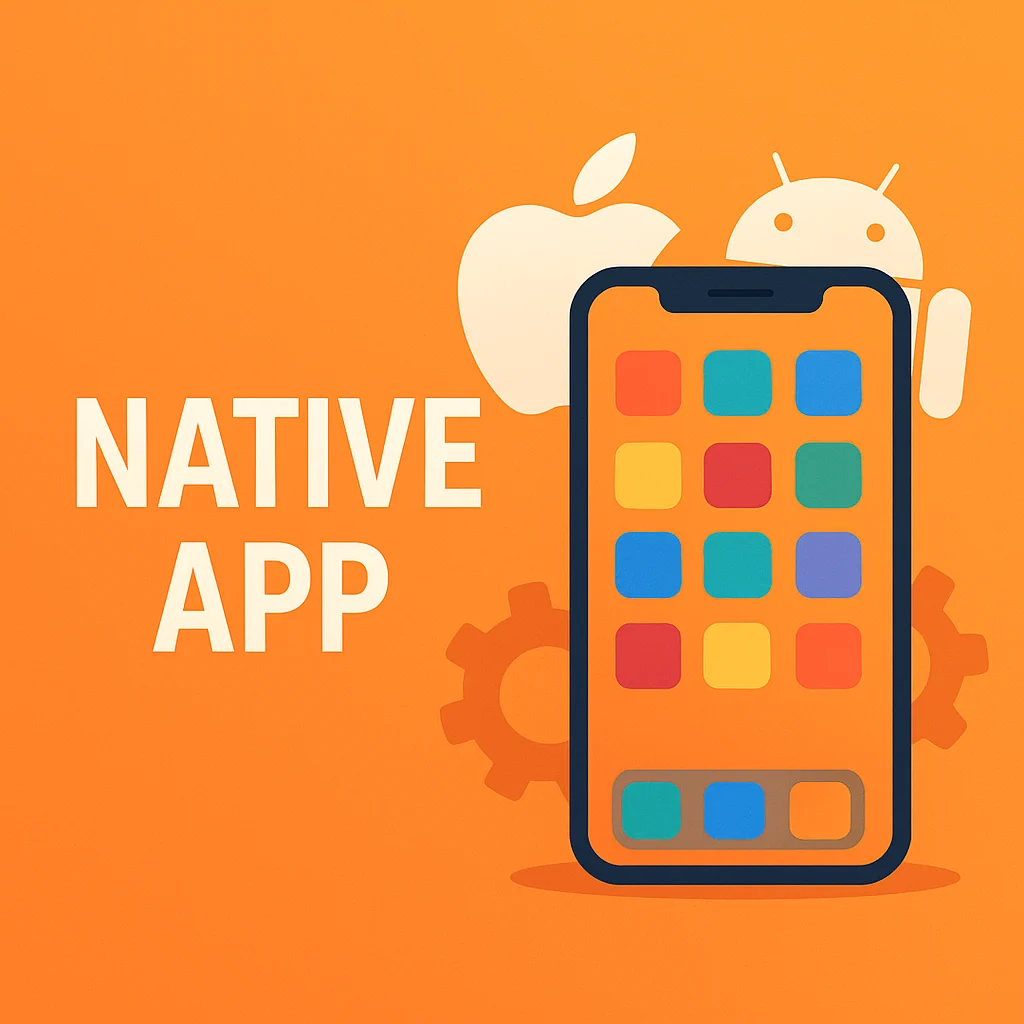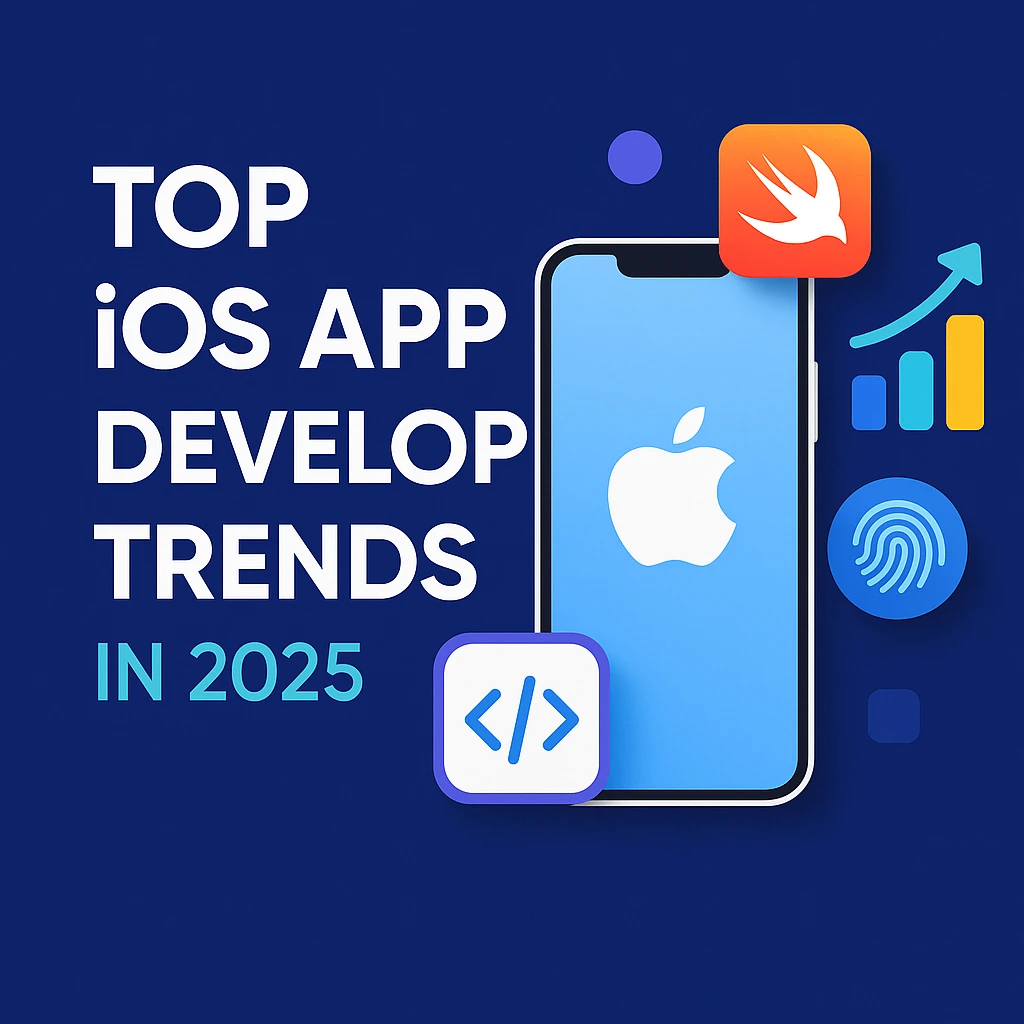The way we experience the internet is dramatically changed now. Today, every user expects speed, reliability and smooth functionality in every application and website they have checked in. Progressive Web Apps (PWAs) address these challenges effectively.
What is PWA? The PWA definition: A Progressive Web App is a web based application that functions like a native app on mobile devices, combining the best features of both worlds. Originally proposed by Google in 2015, PWAs were designed to address common pain points like inadequate network connectivity and poor mobile web experiences.
What Makes an App a Progressive Web App?
Not every web app qualifies as a PWA. To earn that label, an app must follow specific technical and functional standards that make it powerful, flexible and accessible. Here are the defining features:
1. Progressive:
PWAs are built to work on any browser or operating system. They enhance progressively based on the user’s device and network capability.
2. Responsive:
They adjust efficiently to all screen sizes, from smartphones and tablets to desktops.
3. Connectivity Independent:
Using Service Workers, PWAs can run even with poor or no internet connection by caching data and assets.
4. App-Like Experience:
PWAs operate like native apps like interactions with smooth navigation, instant loading and push notifications, built on an application shell architecture.
5. Fresh:
Content updates automatically through background syncing, ensuring users always see the latest version.
6. Safe:
PWAs are served over HTTPS, securing data and preventing tampering or interception.
7. Discoverable:
Unlike native apps, PWAs are indexed by search engines using W3C Manifests, making them easy to find.
8. Installable:
Users can add them directly to their home screen, skipping the app store entirely.
With these PWA features, it delivers speed, safety and offline capability to bridge the gap between web and mobile applications.
Why Choose PWA? Business Benefits and Success Stories
For businesses, PWAs present a smarter and cost effective approach to app development. Here are why companies around the world are adopting this model:
1. Cost-Effective Solution:
Since PWAs use standard web technologies, there is no need to create separate apps for Android and iOS. A single codebase works everywhere.
2. Low Maintenance Cost:
Updates and bug fixes are simpler and faster. The low development cost PWA saves both time and resources compared to maintaining multiple native versions.
3. Enhanced Performance:
With caching, asset optimization and lazy loading, PWAs load quickly, even on slow networks.
4. Reliable and Lightweight:
PWAs run smoothly on weak connections and require minimal storage. For example, Tinder’s PWA is 90% smaller than its native Android app.
5. High Engagement:
Push notifications, quick installation and an app like interface improve user engagement and retention.
Real-World Success Stories:
- Treebo experienced a 4x increase in conversions after launching its PWA.
- Pinterest saw a 60% boost in core engagements and better user retention.
- Alibaba reported a 76% rise in conversion rates due to faster, more accessible performance.
- Uber’s PWA was engineered to work efficiently even on 2G networks, loading in just 3 seconds.
From startups to global giants like Twitter, TikTok, Spotify and Uber, PWA benefits are redefining how brands connect with users.
The Technical Blueprint (Core Components of a PWA)
While PWAs are built using web technologies like HTML, CSS and JavaScript, their value lies in what they enable:
- Service Workers handle offline access, caching and push notifications.
- Web App Manifests define metadata (like name, colour and icon) to make the app installable.
- HTTPS Security ensures safe transactions and user trust.
- Application Shell Architecture keeps the core interface responsive and always ready, even with slow networks.
In business terms, this means your digital platform stays operational, secure and fast, anywhere, anytime.
A Step-by-Step Guide to Build a PWA
Learn how to build a Progressive Web App with simple steps for fast and reliable web experiences.
1. Define Goals and Scope
In PWA planning, identify your target audience, core functionalities and key business outcomes such as sales, engagement or brand visibility.
2. Design for Experience
Prioritize mobile friendly layouts and intuitive user flow. Every interaction should feel quick and frictionless.
3. Choose the Right Framework
Frameworks like React, Angular or Vue.js simplify PWA development while keeping it scalable.
4. Implement Offline and Push Capabilities
Integrate Service Workers to enable offline access and push alerts for re-engagement.
5. Optimize for Speed and Efficiency
For PWA optimization, apply caching, compression and code splitting techniques to deliver near-instant load times.
6. Test and Launch Securely
Conduct audits using tools like Lighthouse, ensure HTTPS compliance and optimize performance before launch. For a business, this process translates into a faster market, stronger mobile engagement and a higher return on investment compared to traditional app development
The Future of Digital Experience
PWAs are a strategic business advantage rather than just a technical advancement. Progressive Web Apps future enable brands to connect with consumers more quickly, hold on to them longer and convert them more successfully. PWA services are scalable, affordable and user friendly solutions that stand out in the increasingly competitive and mobile digital landscape. Progressive Web Apps are the next wave of web innovation for companies looking to increase their reach and digital performance. To create a powerful Progressive Web App that meets your company’s objectives, collaborate with Emedia Infosoft, the leading app development company in Gwalior. Our group specialises in developing scalable, quick and safe PWAs that produce quantifiable results.
FAQ: What Business Leaders Need to Know About PWAs
PWAs increase conversions and engagement by delivering faster load times and push notifications. For example, Alibaba’s PWA boosted conversions by 76%.
PWAs are compatible with all major platforms including iOS, Android and desktop and are supported by browsers like Safari, Chrome and Edge.
Yes. PWAs operate over HTTPS to ensure secure and encrypted communication, making them safe for e-commerce and data sensitive applications.
Final Takeaway
Progressive Web Apps are the future of mobile engagement, cost efficient, high performing and built for scalability. They enable businesses to connect with users in real time, increase conversions and future proof their digital presence. If your goal is to stay ahead in the competitive digital world, a PWA is a strategic option.
Ravikant
I am Ravi Kant, the Business Head at Emedia Infosoft an Apps Development Company. With over 12 years of experience in mobile app development, I specialize in creating powerful and scalable solutions tailored to modern business needs. My expertise includes Android and iOS app development, cross-platform solutions, UX/UI strategy, agile project management, and business consulting. Over the years, I have led and delivered custom app solutions across various industries, with a strong focus on mobile app development in Gwalior and across India. I believe mobile technology can transform the way businesses operate, and I am passionate about making that transformation seamless and scalable. I am committed to helping businesses grow by harnessing the true potential of mobile technology.



